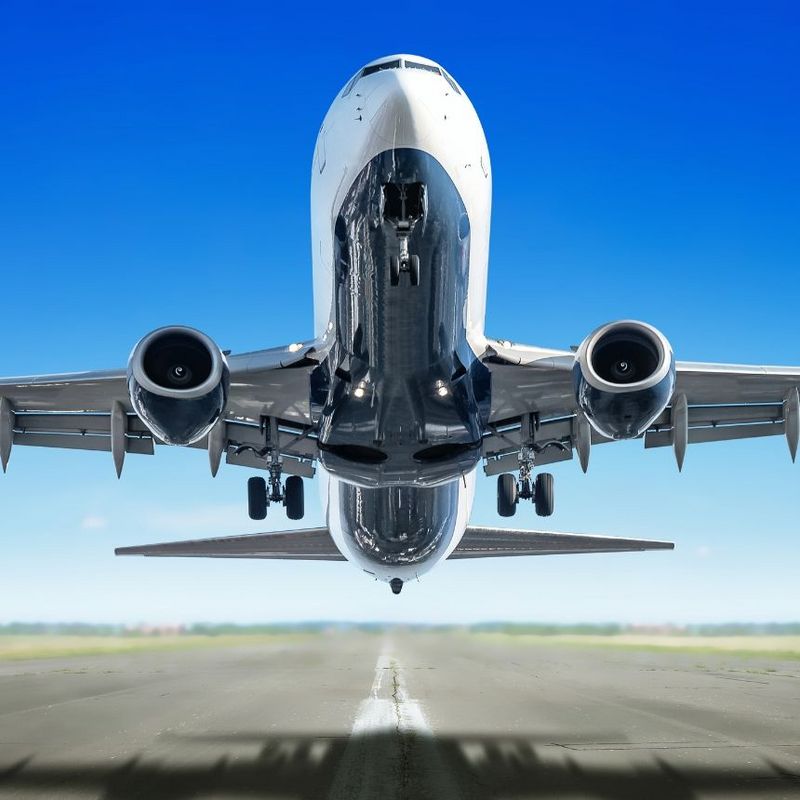16. November 2023
The idea behind autonomous freight transport is for lorries and trains to transport goods independently from A to B. Where do things currently stand with self-driving freight transport by road and rail? To find out, we spoke to railway expert Hans Vallée and Katrin Leicht, project manager for autonomous driving at TÜV NORD.
Ms Leicht, Mr Vallée, what role might autonomous or automated vehicles play in freight transport by road and rail?
Hans Vallée: With the railways, we’re talking here in the first instance about self-driving trains. One example would be the Bögl transport system – an automated magnetic levitation system that we’ve already tested. Whereas these trains operate on fixed routes in accordance with a timetable, an autonomous vehicle would be able to choose its own route, allowing it to avoid traffic jams by taking an alternative route, for instance. Unlike on roads, however, this isn’t possible for rail transport, as the railway network in most countries isn’t big enough and independent route-finding wouldn’t be compatible with the central organisation of rail traffic. Autonomous rail vehicles would therefore be a realistic proposition only in enclosed areas such as depots or marshalling yards, when the task at hand is to sort wagons autonomously – and this is going to be possible with the help of digital automatic couplings, which Deutsche Bahn is soon going to switch over to for freight transport operations.
And what’s the situation with self-driving freight transport by road?
Katrin Leicht: When it comes to distinguishing between autonomous and automated traffic on the road, we follow the autonomy levels set out by the SAE standardisation body. A level 5 vehicle would be completely autonomous: in this case, the system would take over all the driving tasks. In practice, however, this level is going to be a pipedream in goods transport for the foreseeable future. This is because this kind of transport vehicle would need to be able to navigate on every terrain in all kinds of traffic situations and surrounding conditions. And this is where the technology has come up against its limits, at least for the time being.
What level of automation have we already reached in practical trials?
KL: Level 4 – here, the system must be able to cope without a driver in a previously defined area. We at TÜV NORD run a two-stage check to establish whether the vehicle has the properties it would need for this level and whether it can actually move independently along its envisaged route.
Are the systems fully capable technically of coping with these demands?
KL: There are indeed still technical challenges, especially at the heart of the autonomous systems, which need to be able to correctly identify relevant objects and situations in the environment and react appropriately to them. Here’s an example from our tests: A large dandelion growing on the side of the road may be detected by the system as a potential obstacle, causing the vehicle to stop. For the vehicles to know exactly where they are at all times and in all places, we would also need seamless GPS cover along with the 5G mobile telephony standard – and there are still big gaps in coverage here.
© TÜV NORD / Matthias HaslauerDr. Hans Vallée is an expert in and appraiser of functional safety at TÜV NORD with a focus on railways. Katrin Leicht is a vehicle engineer at TÜV NORD’s Institute for Vehicle Technology and Mobility (IFM) and the director of autonomous driving at TÜV NORD.
Where and in which areas might automated vehicles be used in the freight transport of the future?
KL: One area with potential is platooning, by which I mean driving several connected vehicles together at short intervals. But there are still a lot of questions to answer here too.
HV: Platooning opens up the possibility for logistics companies to reserve certain time corridors on defined routes. Here’s an example: A convoy of lorries with a human-operated lead vehicle and automated follow-up vehicles might drive from Hamburg to Berlin at a fixed time every Thursday night. However, if convoys of heavy lorries were to be constantly crisscrossing the country while sticking rigidly to the same motorway lanes, this would have a material impact on those lanes, and the motorways would need significantly more maintenance as a result.
The potential of platooning: a convoy of lorries travels from A to B with a human-controlled lead vehicle and automated follow-on vehicles.
The demand for lorry drivers is already high today - automated vehicles could provide relief in the future.
Would fully automated freight transport offer clear economic advantages over vehicles with human drivers and controllers?
HV: As far as trains are concerned, that’s a fair question. Trains are a means of mass transport, and a freight locomotive pulls dozens of wagons. In this process, is the person driving the locomotive really such a massive cost factor that they have to be replaced by the introduction of complex and expensive technology? My impression is that having a person in the driver’s cab is going to be unbeatable in efficiency terms for the time being.
Does the same apply to lorry transport?
KL: Here you have a different situation. It’s true that we’ll also need complex and expensive technology here if we’re going to take over all the functions of human drivers. And people will still be needed because we will still have to have control centres in which employees monitor the transport of goods. The advantage, however, is that for most people these jobs are more socially acceptable than being a professional long-distance trucker who is often away from home for days or even weeks at a time. There’s already a severe shortage of lorry drivers. Automated vehicles could take the strain here in the future.
Autonomous minibuses have already been trialled in passenger transport. Might these people movers also be used in the kind of delivery traffic that is increasingly clogging the roads of towns and cities?
KL: First of all, freight transport has an advantage over passenger transport: There are no passengers on board to take care of and keep an eye on, and you also don’t have a whole load of stops where people board or disembark. Cities and manufacturers are testing possible applications for self-driving people movers in pilot projects, and in my view, we should indeed think more about how these vehicles could also be used to transport goods.
HV: The disadvantage of “freight movers” like these is that, unlike human passengers, the cargo won’t load and unload itself independently. In freight transport, the journey from A to B represents at most only half the cost. What happens to the goods before and after is at least as important. We will need to have systems to regulate the departure and reception criteria for automated delivery transport.
What role are you and your colleagues playing in the move towards fully automated or self-driving vehicles on road and rail?
HV: As far as the railways are concerned, we’re looking at what our clients are hoping to achieve and clarifying the question of whether the technological development and the strides being made in areas like security and operations are secure enough – or whether there are areas where improvements are still required.
KL: The task in road transport is similar: to identify gaps in the systems which will then need to be filled. Appropriate test methods must demonstrate that systems of this sort are secure enough before they go on the market. The routes on which automated vehicles travel must be appropriate for the vehicle and its autonomous capabilities. And this is where we come in as a testing organisation. The future scenarios depicted in the media and in public discussions often promise very fast progress in the direction of autonomous transport. We aren’t slamming the brakes on that progress; we’re just making it safe. Autonomous driving is highly complex. Which is why it makes sense always to proceed step by step.






